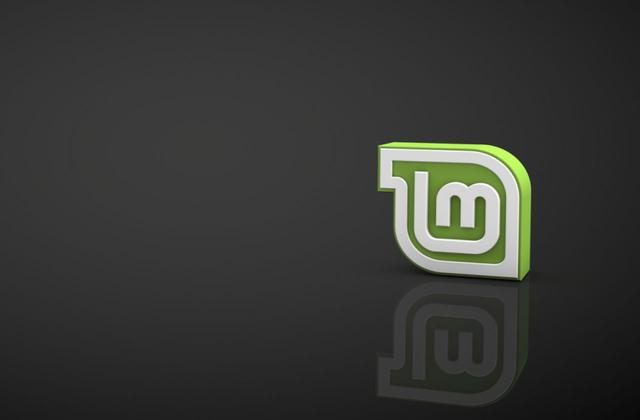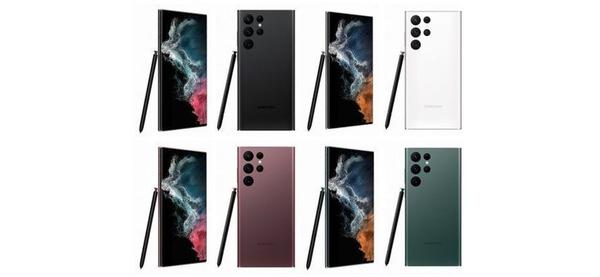Home›Linux Mint: Program installation and other tips for migrating from Windows2017-02-04 17:27
Due to the numerous decisions of software developers and security issues, it's time to decide to switch from Windows XP, Vista and even Windows 7 to newer operating systems. However, it does not have to be a system produced by Microsoft. Even an inexperienced user will be able to handle the friendly and easy-to-use Linux Mint distribution with the Cinnamon environment.
Therefore, we present a handful of tips useful when migrating tips, addressed to non-advanced users. It will facilitate orientation and familiarization with the most frequently used functions. There is no room here for command line support - we will prove that all the operations necessary for an unadvanced user can be successfully performed in the graphical mode. Much easier than Windows in many cases.
Start Menu
It's impossible to imagine using Windows without the Start Menu. In Mint we will find its exact analogue, which can even be said to be much clearer than the one known from XP, Vista or Windows 7. By default, the user is provided with a layout based on three columns. Above them is a search engine that allows you to quickly find the desired program or file.
The first of the columns are the icons of your favorite applications and buttons that allow you to lock the screen, log out or turn off the computer. Here, in addition to the shortcut to the default Mozilla Firefox browser, we will find shortcuts to the most important programs and places: e.g. the software manager (second from the top), thanks to which you can easily install new software, system settings or home folder.
The next column is a list of categories: the menu does not expose us to the need to find the desired program in the list of all installed ones. They have been reasonably grouped, and the content of each group is displayed in the third column, located to the right of the Start Menu equivalent. Just right-click on the icon in the third column to add its shortcut to the first panel or to the desktop.
File Manager

Let's go back to the second column for a moment. At the very bottom of the list of groups we see the Places category. After moving the mouse over it, the user will see a list of folders on the right where he can organize his files: documents, music, movies or photos. You can also access them by clicking the folder icon in the first column. In this way, we will launch the file manager, which is the equivalent of Windows explorer.
Its interface consists of two parts: on the left side you can see a vertical list of folders, it will also contain USB sticks connected to your computer. These folders are also displayed on the right side so that you can easily move files between folders by drag and drop. This can also be done with the familiar keyboard shortcuts Ctrl+C and Ctrl+V.
In the upper right corner of the file manager window, below the buttons that allow you to close or minimize, you will find a horizontal row of icons. The first one from the left allows you to enter the folder path manually. The magnifier allows you to search the selected folder or the entire disk. The next three icons allow you to change the view, which is important in the file manager: we can choose from a standard grid, a list with details (files can be sorted by name, size, data type, etc.) and a multi-column list.
Control Panel
The issue of managing and administering the system is also solved in Mint in a way similar to Windows. We get a centralized settings menu, analogous to the Windows Control Panel, divided into categories. However, it is impossible to resist the impression that the system settings are much clearer here. All configuration menus have been judiciously grouped: appearance settings, system preferences, hardware and administration services have been separated from each other.
Software installation
Our distribution obviously does not support executable EXE files, which are used to install new software in Microsoft systems. However, there are several ways to install programs without problems. The first one is based on the use of a software manager, which can be accessed from the Start Menu equivalents. After launching it, we get access to a huge categorized store with programs, each of which has its own description with application.
In the software manager you will also find a search engine. However, if the desired program is not in the repositories, and the user is sure that its version for Linux is available, it is possible to install the software in a way more similar to Windows. Just go to the manufacturer's website, and then download the DEB package. Just double-click on this to launch the software manager, which will install automatically.
Installed applications will be automatically categorized in the Start Menu. From this level, it is also possible to add a shortcut on the desktop, in the menu itself and to uninstall: just click on the program with the right mouse button and select the appropriate item. However, it may turn out that the installation of programs will not be necessary at all: in Mint, from the very beginning, we will find, among others, the Firefox browser, the Thunderbird email client, the VLC video player, and the LibreOffice office suite.
Bonus: Google search in Firefox
Due to financial conflicts, in Mint's default browser, Firefox, Google search must be added manually. However, it is not particularly complicated: just go to the website prepared by Mint developers. When this is displayed, a small plus icon will appear in the Firefox search box, next to the magnifying glass icon. Just click and select Add Google.
After adding a search engine, it is also possible to set it as the default one. Just go to the browser settings, to the search subcategory, or simply go to about:preferences#search in Firefox. In the Default search engine field of the list of available search engines, select Google there.


